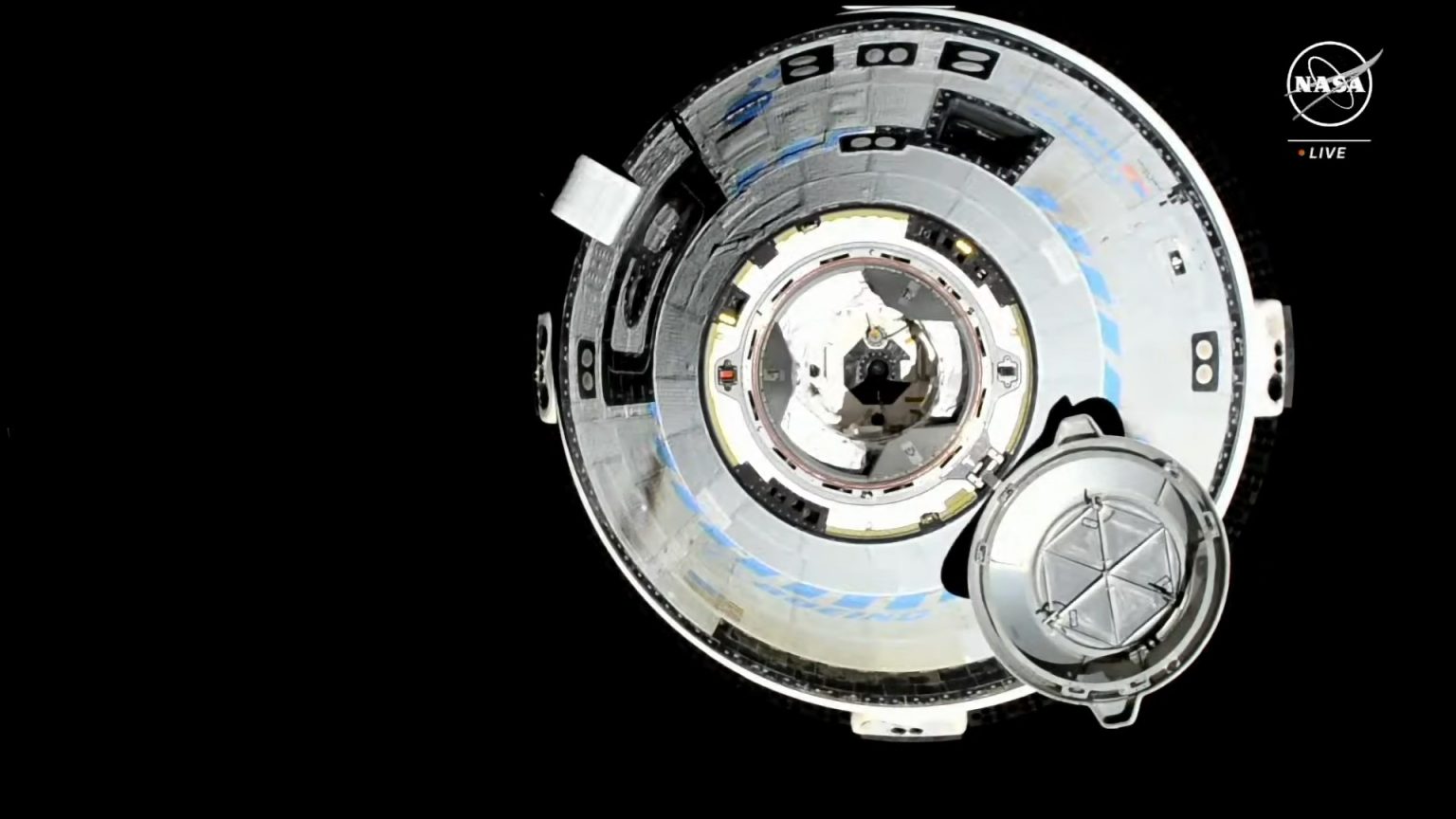Boeing’s Starliner capsule successfully arrived at the International Space Station after encountering some glitches with its propulsion system. The spacecraft experienced issues with five thrusters malfunctioning, causing a delay in the final approach to the space station. Four of the thrusters were reactivated, allowing for the docking procedure to resume. Additionally, other problems with the helium pressurization system were discovered after launch, but the mission team determined that there were sufficient reserves to continue safely.
NASA astronauts Butch Wilmore and Sunita Williams, both veterans of the space station, arrived at the station on the Starliner capsule for the first time. They expressed their excitement about being attached to the “big city in the sky” and were eager to complete their tasks on both the Starliner and the station. After conducting leak checks, the astronauts were welcomed aboard the space station by Russian cosmonaut Oleg Kononenko, where they will assist with cargo delivery and continue testing Starliner’s systems.
Upon completing their tasks, Wilmore and Williams are scheduled to return to Earth on June 14. NASA and Boeing will evaluate any issues that arose during the mission, including the propulsion system glitches, to determine the next steps needed to certify Starliner for regular crewed trips to the space station. Boeing has faced delays and cost overruns in the Starliner program, with SpaceX’s Crew Dragon being NASA’s main provider for crew transportation. However, NASA emphasizes the importance of having multiple commercial providers for transporting astronauts to the space station.
The glitches experienced by Starliner are being addressed by the mission team, with the goal of ensuring the spacecraft’s safety and reliability for future crewed trips. Despite the challenges, the successful docking at the International Space Station marks a significant milestone for the Starliner program. Wilmore and Williams will contribute to the ongoing operations of the space station, assisting with tasks such as cargo delivery and system checkouts. The mission highlights the importance of collaboration between NASA and its commercial partners in advancing human space exploration.
As the mission progresses, NASA and Boeing will continue to monitor Starliner’s performance and address any technical issues that may arise. The experience gained from this mission will inform future crewed flights to the space station and contribute to the development of commercial crew transportation capabilities. The successful arrival of the Starliner capsule at the space station demonstrates the progress being made in advancing commercial space travel and underscores the commitment to ensuring the safety and success of crewed missions to low Earth orbit.


